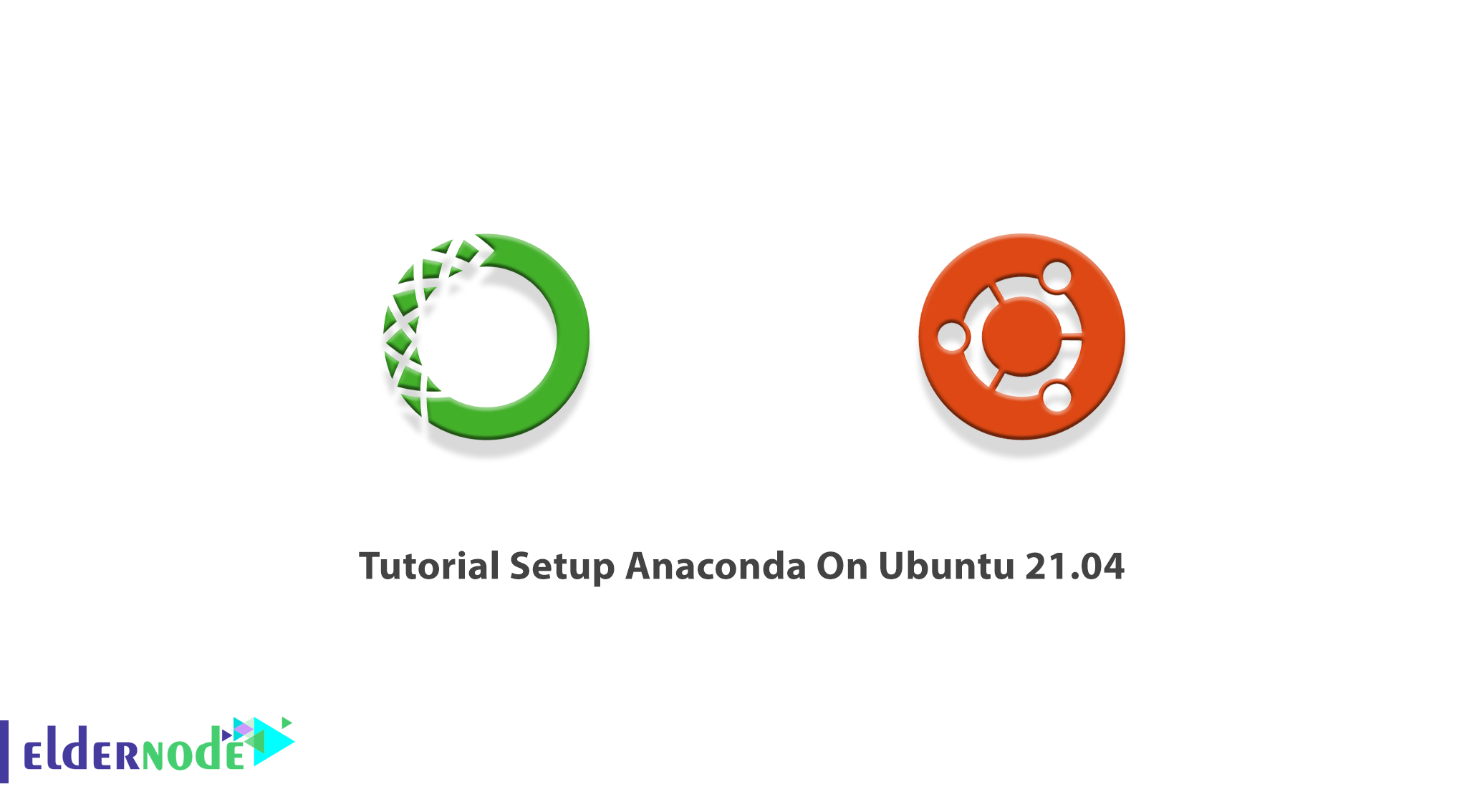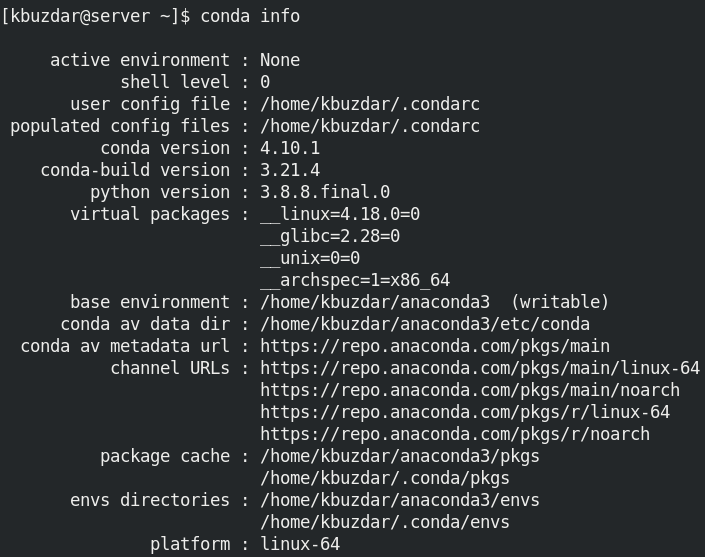

Please follow the instructions in the link and make sure your version of conda-build is up to date as well. In order to rerender the feedstock, you will need to use conda-smithy. Your CI builds have errors which are not related to the recipe file itself (very rare, here is an example).Changing supported python versions (2.7, 3.5, and/or 3.6).Changing supported platforms (eg, GNU/Linux, OSX, and Windows).These can include but are not limited to the following: While the process of re-rendering should happen automatically most of the time (as described above), there are a few situations where it will be necessary for you to do it manually. We refer to this process as re-rendering the feedstock, as the actual CI configuration files are generated from the jinja2 templates found here. This is typically done with periodic "maintenance" pull requests in the feedstock repo made by the conda-forge-admin account (which maintainers of this project are then responsible for merging).

Conda install package hash update#
Generally speaking, the conda-forge webservices should automatically update these files as needed.

These are Circle (GNU/Linux), AppVeyor (Windows) and Travis (OSX), which in the feedstock repo are configured respectively in circle.yml, appveyor.yml, and. However it is also important to understand that conda-forge, in its efforts to support as many platforms as possible, uses CI services (remote virtual machines) to actually build the packages from the recipe. So far in our discussion of packaging we have only needed to be concerned with the meta.yaml recipe file. While this might seem inconvenient for committing very trivial changes to the recipe, it is necessary because it is the very same CI services which automate the process of building and uploading the binary package files to the conda-forge channel. Finally, make sure that all of the CI builds (Circle, AppVeyor, and Travis) are passing before merging the PR.All changes should be done from your own fork (not on an upstream branch).Any updates to the recipe should be done through a pull request to the feedstock repo.If you are a regular contributor to the project and want to help maintain the recipe file, you should add your own GitHub username to this list. This section contains a list of GitHub usernames which have commit rights to the ocw-feedstock repo. pyesgf: A Python library for downloading files from the Earth System Grid Federation database.īefore invoking conda to install the dependencies, it's always a good idea to ensure that your version of conda is up to date.The Toolkit uses this to handle OpenDAP connections. pydap: A Python library for connecting to OpenDAP servers.bottle: Simple Python backend webserver used by the OCW UI.In addition to the standard scientific python packages bundled with most anaconda installations, the following packages will be installed: The recommended way to obtain this is to install either the Anaconda or Miniconda scientific python distributions. Be sure to allow the installation to update your PATH for you. OCW Installation Instructions Requirements It provides a simple and painless method for installing OCW and its dependencies across a variety of platforms.
Conda install package hash software#
Conda is an easy to use and maintain software package management system.


 0 kommentar(er)
0 kommentar(er)
